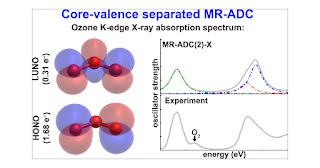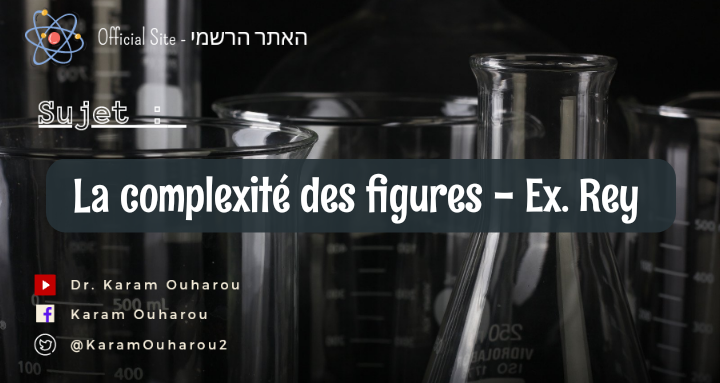An Initial Glimpse into Orbitronics - Illuminating its Viability as a Promising Alternative to Conventional Electronics
Abstract:
In recent years, the field of electronics has faced fundamental limitations due to the miniaturization and power dissipation challenges associated with traditional semiconductor-based technologies. As a result, the exploration of alternative paradigms has become crucial. This research article introduces orbitronics, a novel concept that harnesses the quantum properties of electrons in circular orbits, as a potential alternative to electronics. We investigate the fundamental principles underlying orbitronics and its potential advantages in terms of power consumption, computational speed, and scalability. Through theoretical analyses, mathematical expressions, and comparisons with traditional electronics, we demonstrate the viability and potential of orbitronics for future technological applications.
The evolution of electronics has been the driving force behind the technological advancements of the past century. However, the increasing demand for faster and more energy-efficient devices has pushed conventional electronics to its limits. Orbitronics, a concept that utilizes the quantized motion of electrons in circular orbits, presents a promising avenue for circumventing the limitations of traditional electronics. In this article, we explore the fundamental principles of orbitronics and evaluate its potential as a viable alternative.
Orbitronics is grounded in the principles of quantum mechanics. The motion of electrons in a circular orbit around a nucleus can be described using the Schrödinger equation, which yields quantized energy levels. The discrete nature of these energy levels forms the basis for information storage and manipulation in orbitronics.
The quantized energy levels in orbitronics enable the development of a new paradigm for quantum computing. By utilizing the discrete energy states of electrons, quantum bits (qubits) can be encoded and manipulated. Mathematical expressions, such as the quantum gates, can be employed to perform computational operations on qubits. The inherent quantum coherence and entanglement properties of orbitronics offer the potential for exponentially faster computational capabilities compared to classical electronics.
One of the major limitations of conventional electronics is the significant power dissipation associated with miniaturization. In orbitronics, the quantized energy levels enable the design of low-power devices. The absence of leakage currents and the ability to utilize the discrete energy transitions contribute to the reduction in power consumption, making orbitronics an attractive alternative in terms of energy efficiency.
The discrete energy levels in orbitronics allow for rapid transitions between different quantum states. Consequently, quantum algorithms can potentially solve certain computational problems exponentially faster than classical algorithms. The increased computational speed of orbitronics offers significant advantages in fields such as cryptography, optimization, and simulation.
The scalability of orbitronics is another crucial advantage. The inherent quantum coherence and entanglement properties provide a solid foundation for building larger quantum systems. Scalable fabrication techniques, such as lithography, can be employed to construct complex orbitronic circuits, enabling the realization of practical quantum computers and other devices.
While orbitronics shows great promise, several challenges need to be addressed for its practical implementation. These challenges include achieving long coherence times, minimizing environmental noise, and developing error correction techniques. Further research is required to overcome these obstacles and fully harness the potential of orbitronics for real-world applications.
Orbitronics, a novel concept based on the quantized motion of electrons in circular orbits, presents a viable alternative to traditional electronics. Its ability to harness the principles of quantum mechanics offers advantages such as reduced power consumption, increased computational speed, and scalability. While there are challenges ahead, the potential of orbitronics for revolutionizing technology and computing is evident. Continued research and development in this field hold the promise of unlocking new possibilities and transforming various sectors of the modern world.
References
Bennett, C. H. et al. Teleporting an unknown quantum state via dual classical and Einstein-Podolsky-Rosen channels. Phys. Rev. Lett. 70, 1895–1899 (1993).
Bouwmeester, D. et al. Experimental quantum teleportation. Nature 390, 575–579 (1997).
The Nobel Committee for Physics. Scientific background on the Nobel prize in physics 2022. https://www.nobelprize.org/uploads/2022/10/advanced-physicsprize2022-3.pdf (2022).
Briegel, H. J. et al. Quantum repeaters: the role of imperfect local operations in quantum communication. Phys. Rev. Lett. 81, 5932–5935 (1998).
Duan, L. M. et al. Long-distance quantum communication with atomic ensembles and linear optics. Nature 414, 413–418 (2001).
Wei, S. H. et al. Towards real-world quantum networks: a review. Laser Photonics Rev. 16, 2100219 (2022).
Serafini, A., Mancini, S. & Bose, S. Distributed quantum computation via optical fibers. Phys. Rev. Lett. 96, 010503 (2006).
Furusawa, A. et al. Unconditional quantum teleportation. Science 282, 706–709 (1998).


Comments